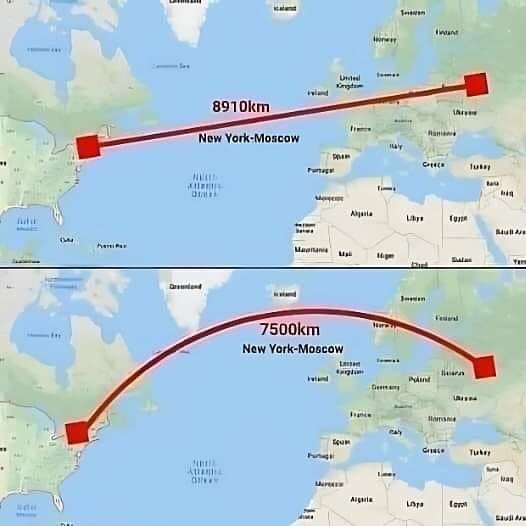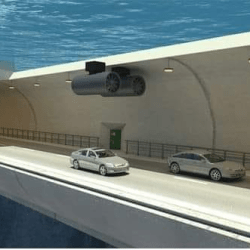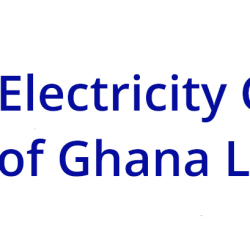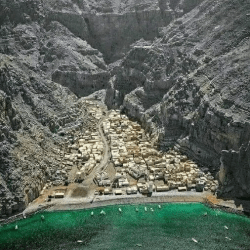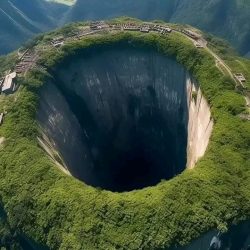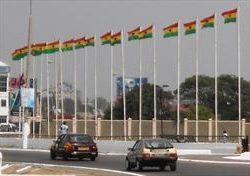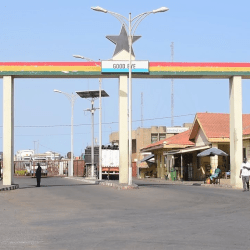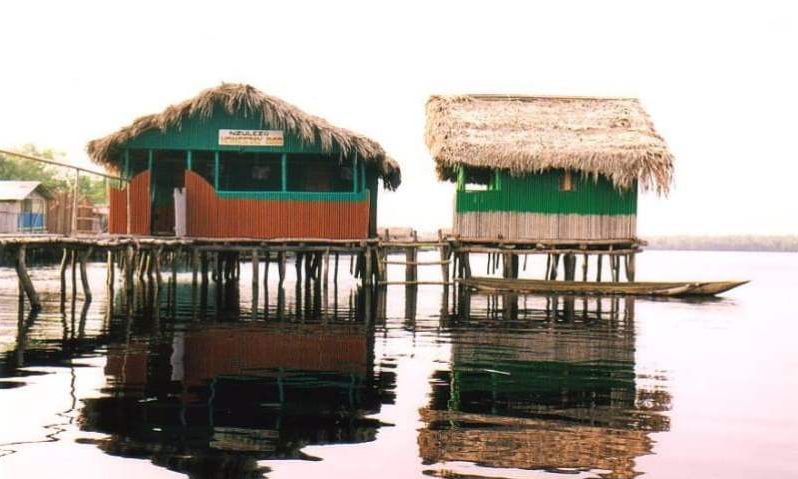The reason airplane routes are curved instead of straight is a result of the Earth’s spherical shape. While on a flat surface, the shortest path between two points is indeed a straight line, this doesn’t apply to the curved surface of the Earth. When plotting routes on a globe, the shortest distance between two points is not a straight line but a curve known as a great circle route.
Great circle routes are the shortest paths between two points on a sphere. In geometry, these curves are called geodesics, and they are the most efficient way to travel long distances on a globe. Although these routes appear curved on a flat map, they are actually the straightest path in three-dimensional space.
Flight planners use this principle to design routes that minimize time and fuel consumption. The Earth’s curvature causes the straight line on a flat map to look like a curve, but this is simply a result of trying to represent a three-dimensional object (the Earth) on a two-dimensional surface (the map). Therefore, even though a flight may look like it takes a detour on a flat map, it is actually following the most efficient path on the Earth’s surface.
This adaptation to the Earth’s shape ensures that airplane routes are optimized for the shortest and fastest travel times.
